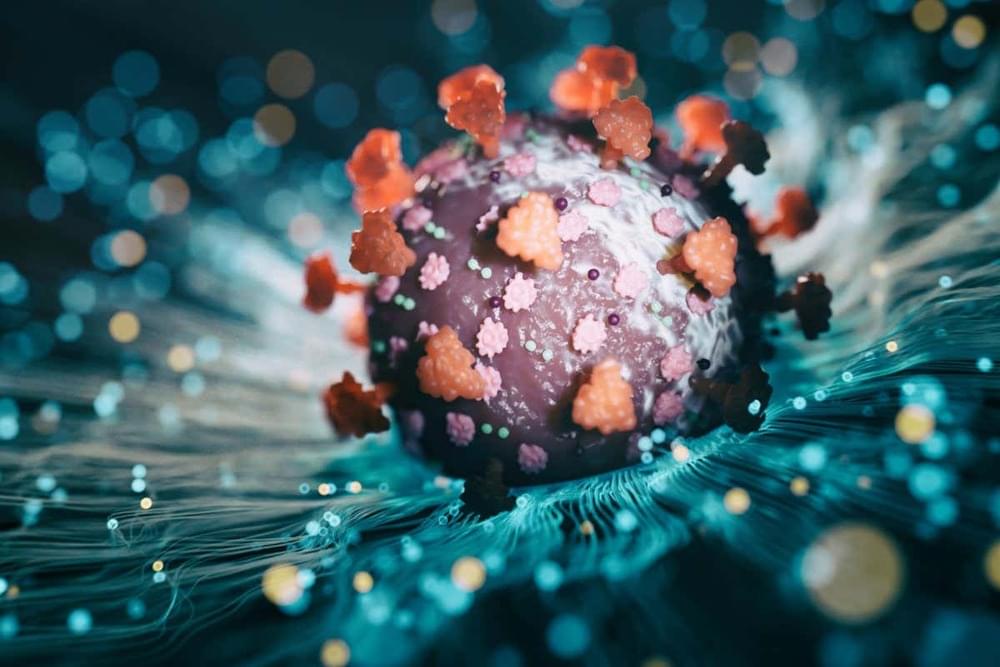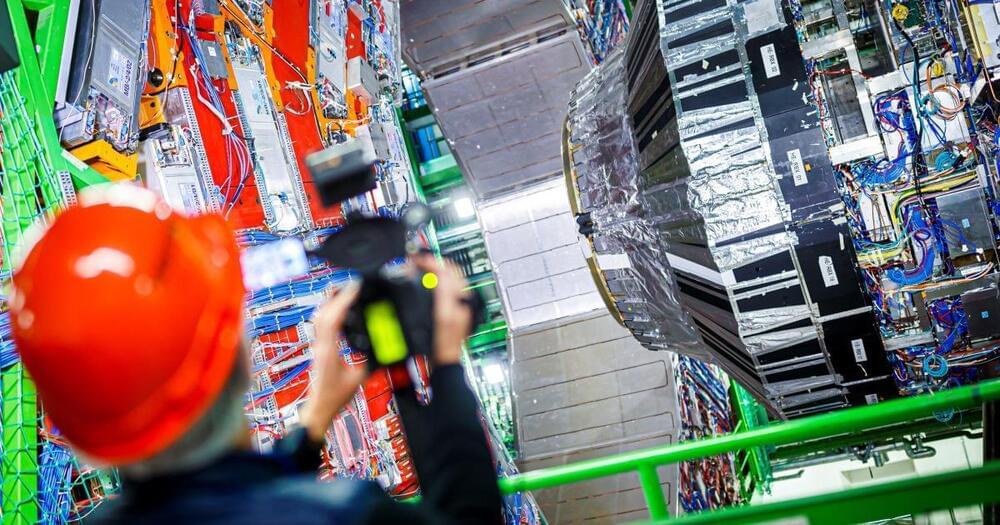Discover agile mobile robots for research efforts across a wide range of industries — from construction to manufacturing, energy & utilities, oil & gas, and more.
Get the latest international news and world events from around the world.
Meta’s newest AI determines proper protein folds 60 times faster
Life on Earth would not exist as we know it, if not for the protein molecules that enable critical processes from photosynthesis and enzymatic degradation to sight and our immune system. And like most facets of the natural world, humanity has only just begun to discover the multitudes of protein types that actually exist. But rather scour the most inhospitable parts of the planet in search of novel microorganisms that might have a new flavor of organic molecule, Meta researchers have developed a first-of-its-kind metagenomic database, the ESM Metagenomic Atlas, that could accelerate existing protein-folding AI performance by 60x.
Metagenomics is just coincidentally named. It is a relatively new, but very real, scientific discipline that studies “the structure and function of entire nucleotide sequences isolated and analyzed from all the organisms (typically microbes) in a bulk sample.” Often used to identify the bacterial communities living on our skin or in the soil, these techniques are similar in function to gas chromatography, wherein you’re trying to identify what’s present in a given sample system.
Similar databases have been launched by the NCBI, the European Bioinformatics Institute, and Joint Genome Institute, and have already cataloged billions of newly uncovered protein shapes. What Meta is bringing to the table is “a new protein-folding approach that harnesses large language models to create the first comprehensive view of the structures of proteins in a metagenomics database at the scale of hundreds of millions of proteins,” according to a Tuesday release from the company. The problem is that, while advances of genomics have revealed the sequences for slews of novel proteins, just knowing what those sequences are doesn’t actually tell us how they fit together into a functioning molecule and going figuring it out experimentally takes anywhere from a few months to a few years. Per molecule. Ain’t nobody got time for that.

Caltech Mathematicians Solve 19th Century Number Riddle
Alex Dunn and Maksym Radziwill finally prove “Patterson’s conjecture”.
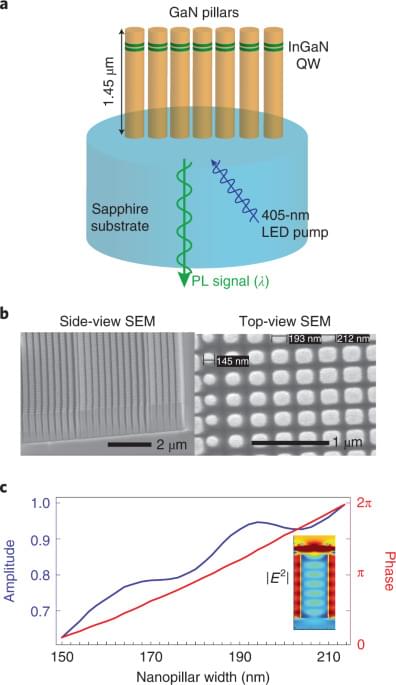
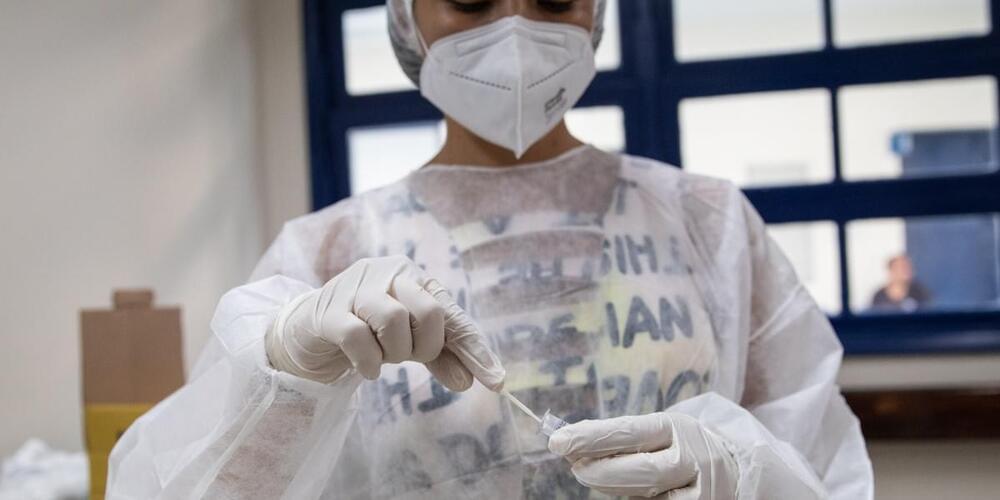
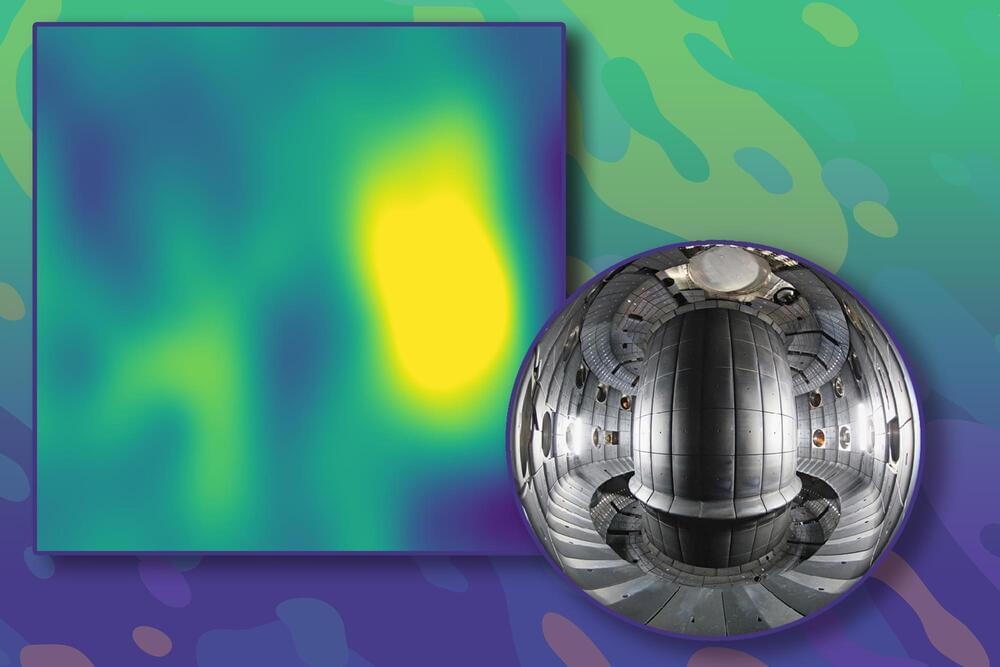
Machine learning facilitates “turbulence tracking” in fusion reactors
He and his co-authors took four well-established computer vision models, which are commonly used for applications like autonomous driving, and trained them to tackle this problem.
Simulating blobs
To train these models, they created a vast dataset of synthetic video clips that captured the blobs’ random and unpredictable nature.
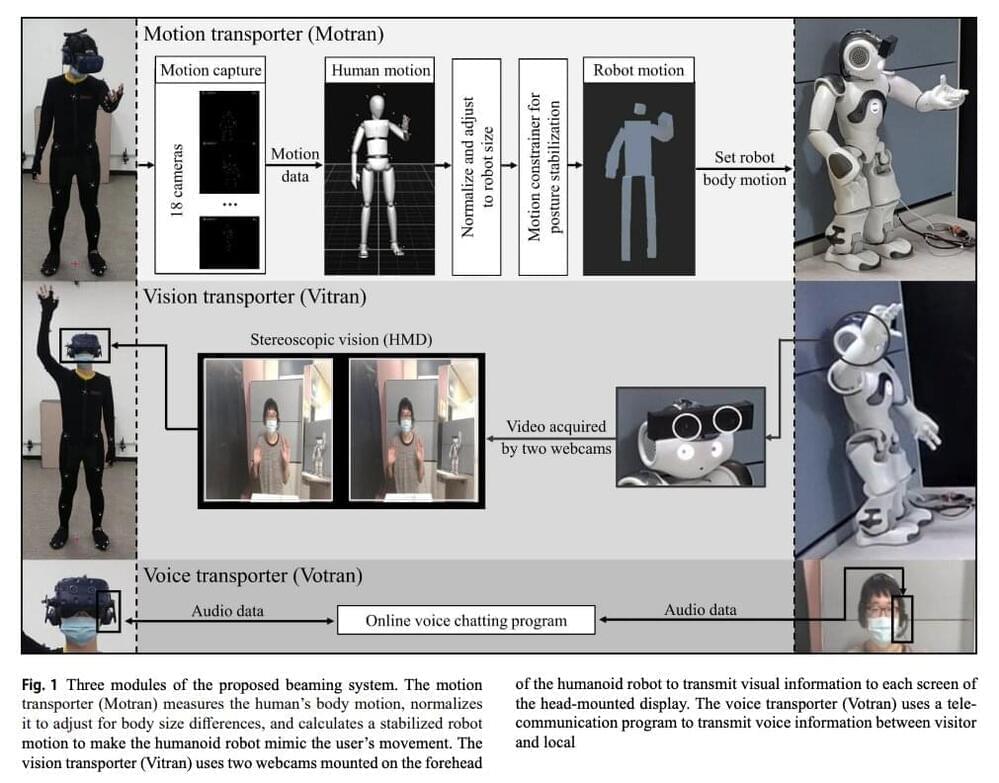
A system that allows users to communicate with others remotely while embodying a humanoid robot
Recent technological advancements are opening new and exciting opportunities for communicating with others and visiting places remotely. These advancements include telepresence robots, moving robotic systems that allow users to virtually navigate remote environments and interact with people in these environments.
Researchers at Hanyang University and Duksung Women’s University in South Korea have recently developed a promising telepresence system based on a humanoid robot, a head mounted display, a motion transporter, a voice transporter, and a vision transporter system.
This system, introduced in a paper published in the International Journal of Social Robotics, allows users to take full-body ownership of a humanoid robot’s body, thus accessing remote environments and interacting with both humans and objects in these environments as if they were physically there.
